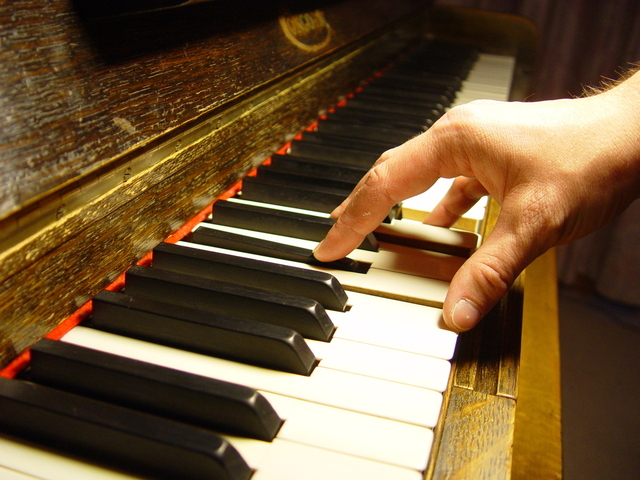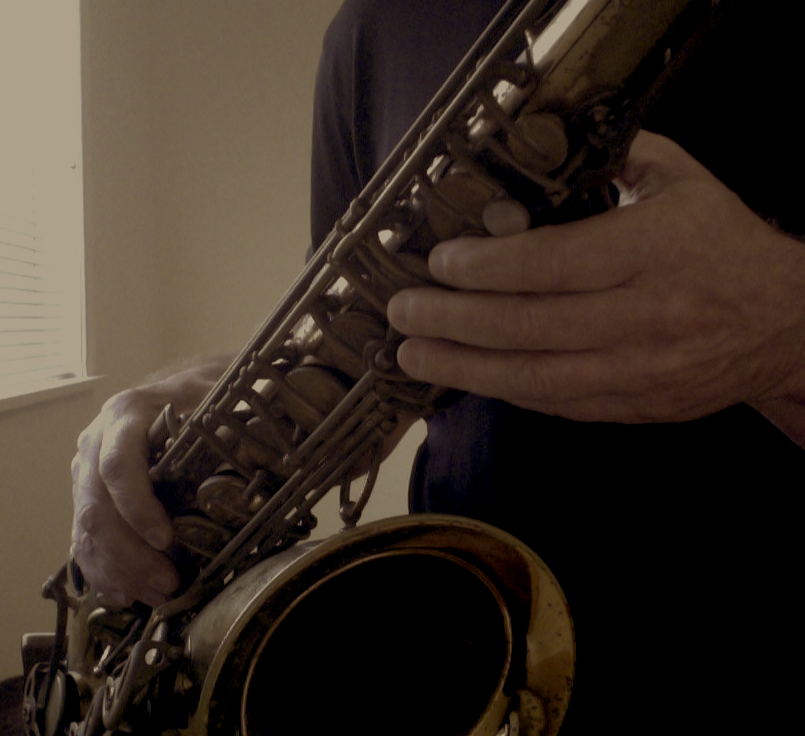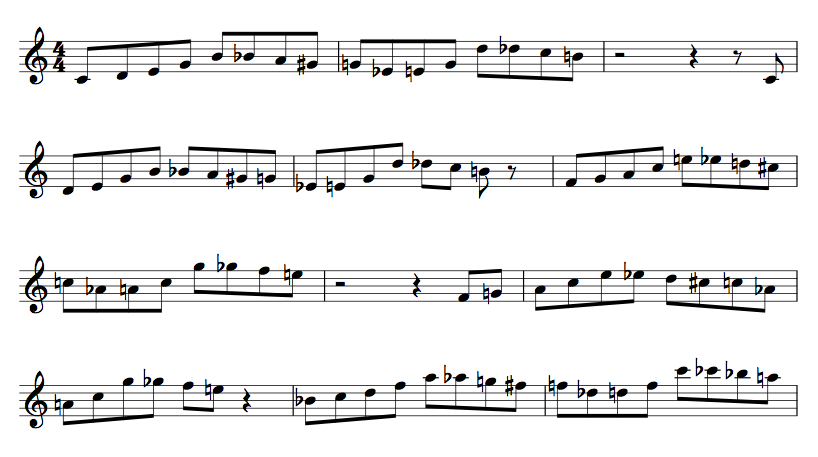After teaching the Alexander Technique to musicians for a number of years now, one thing I can assert with confidence is that there’s never such thing as a “typical” lesson.
In fact, I usually have no idea what I’ll be working on with my student at the beginning of a lesson. My only agenda is to follow her/his needs, as I observe and ask questions.
But there is always one underlying theme to any lesson I give in the Alexander Technique: habit versus choice.
The subject of habit versus choice is always front and center in any Alexander Technique lesson. The musicians who seek my help do so because, in the simplest sense, their (primarily unconscious) habits are creating difficulties for them as they make music.
It might be excess tension that is leading to pain and/or injury. It might be an issue of coordination that is interfering with their skills. It might be that they’re just stuck in their progress, no matter how hard they’re working to find a way forward.
Whatever the reason, it all comes down to habit. So often, what I work on with my students is teaching them how to replace habit with choice.
Because many habits are so deeply ingrained, they can tend to fall below the consciousness of even the most self-aware musician.
This is partly out of necessity. I mean, after all, a habit is really just a response pattern that you learn in order to make a particular movement/gesture/posture immediately available. In a sense, it’s your nervous system’s attempt at efficiency. For example, you wouldn’t get very far if you had to completely reinvent how to hold your instrument every day. You can rely upon habit to do that for you.
Yet “how you hold your instrument” might be the very thing that is causing some of your problems, especially if you have chronic pain, or get easily fatigued as you play, or struggle with your technique.
This is where choice comes into play. Through choice, you can learn that there is a better way to hold your instrument, a way that is not only in agreement with your desired musical outcome, but also, with your human structural design.
This begins by bringing the unconscious (habit) into consciousness (choice). In fact, once you bring habit into your consciousness, you bring it into the realm of choice.
For the practical purposes of a musician, I categorize habits in two ways:
1. Reactive
2. Strategic
Reactive habit is what you do with yourself immediately, and unconsciously, as you begin to play your instrument, or sing (as I’ve explained above). It starts the instant you think about playing, and manifests itself into a set of bodily reactions (posture/movement).
Many of these reactions are necessary to the act of playing.
Yet many others are not…
For example, if you stiffen your neck and pull your head down into your spine as you pull your shoulders up toward your ears as you are preparing to play, that’s an habitual response to the thought of playing that will never help you to achieve your desired goal (no matter your instrument).
What you’re doing in effect is interfering with your gross motor coordination as you attempt to carry out a skill of fine motor coordination. It’s simply counterproductive.
Many of the problems of pain, as well as coordination, that a musician struggles with are a result of their reactive habits (how they maintain posture and balance, how they move as they play).
A large part of my job is in bringing these reactive habits into my students awareness, and then teaching them a practical way to prevent them.
Strategic habit is how you steer your practice efforts in the long run, and in the moment:
How effectively do you choose, organize and carry out your work in the practice room? How well do you regress and progress an exercise to suit your need? How willing are you to explore being “wrong” to find the possibility of a new kind of “right”? How flexible are you in your practice process in general? In your daily practice routine?
Being habitually stuck with practice strategies is a huge source of frustration for many serious musicians. Bringing habit into the light can give clearer choices about how to proceed in a more productive and efficient way.
And of course, many “strategic” habits are supported by “reactive” habits and vice versa. (Rigidity in thinking goes hand in hand with rigidity in the body.)
So if you’d like to change, start by addressing your habits. Question things. Notice what you do with yourself as you start playing. What happens in your neck? What do you do with your balance? What happens in your breathing? What about your arms and shoulders? Your legs and feet?
Once you notice something you “do”, ask yourself, “Do I want to do that?” If the answer is “yes”, then ask yourself if what you do is helping you along, and is accordance with your human design (this is where a good Alexander Technique teacher can really help), and in support of your desired outcomes as a musician.
If the answer is “no”, you’ve just moved habit closer into the realm of choice by opening up the possibility of changing how you respond. You can choose to rethink what you do.
When you choose, you make yourself free to improve, free to move toward optimizing your potential, free to believe in your ability to change and adapt, free to step with confidence into the unknown.



